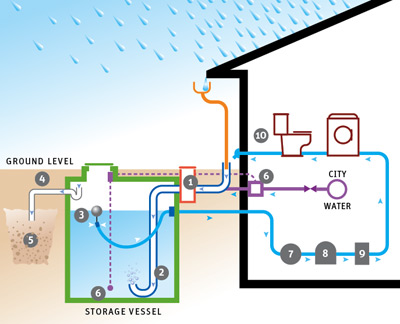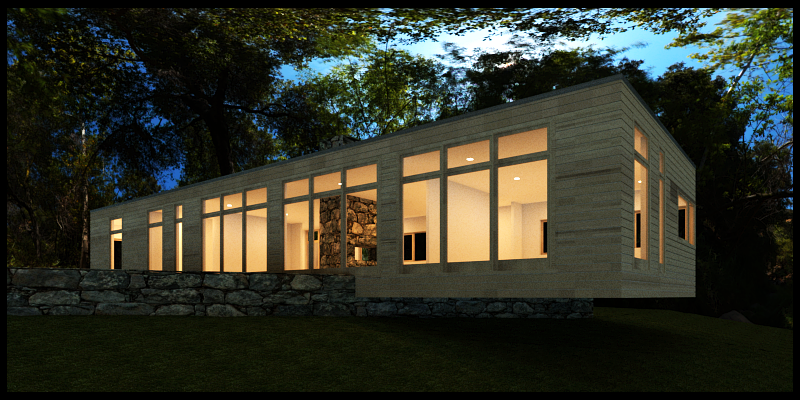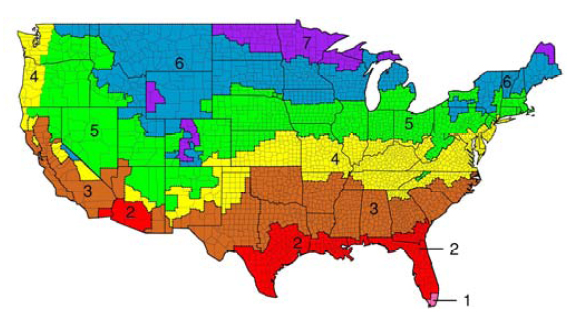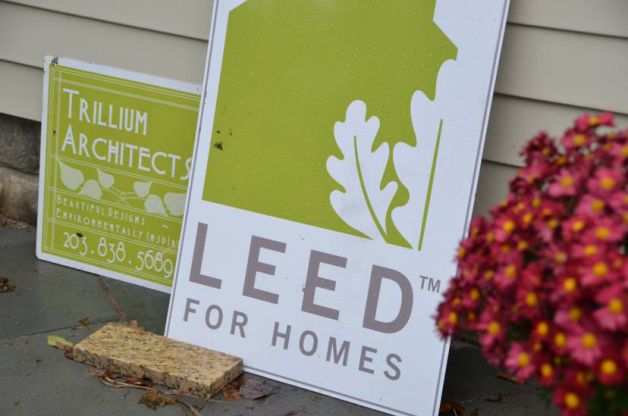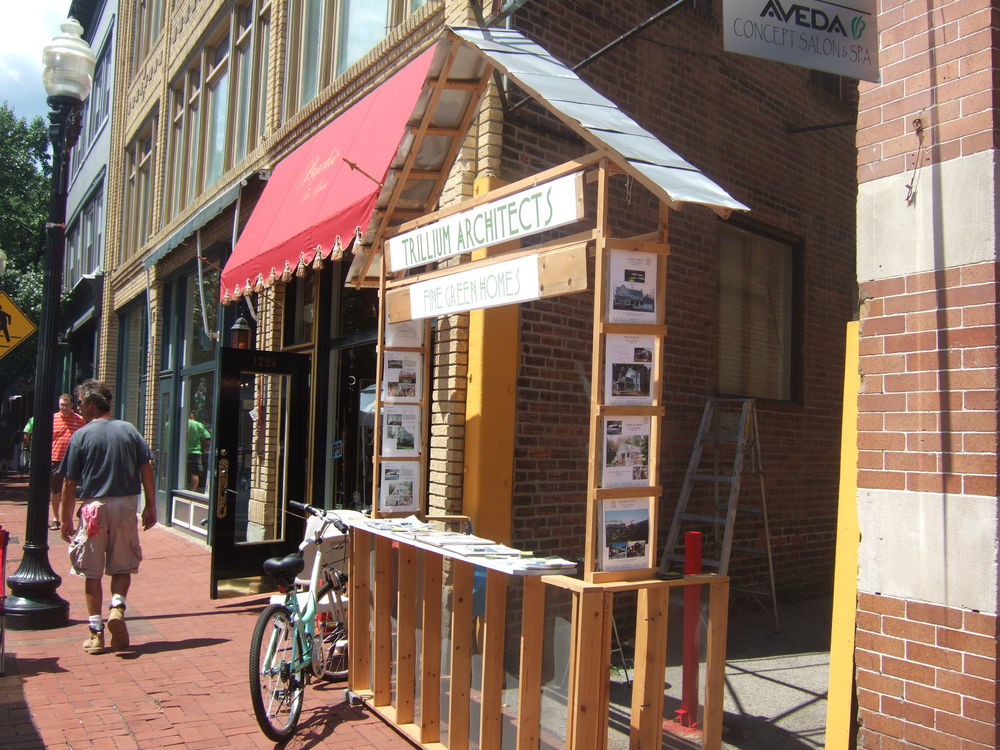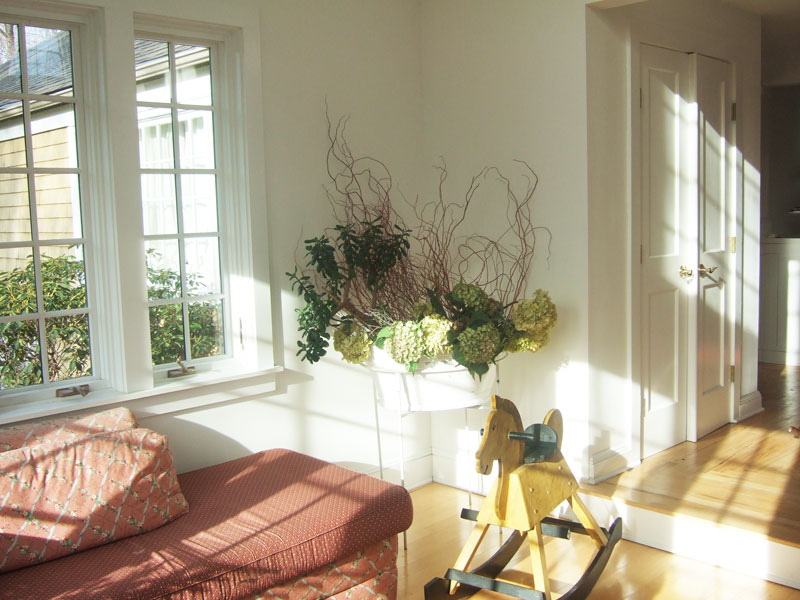 Every so often I get a question from someone and I feel that the answer is worth sharing with all similarly curious minds~ here is one now:
Every so often I get a question from someone and I feel that the answer is worth sharing with all similarly curious minds~ here is one now:
'How does the design of the house compliment the energy-efficiency and environmentally friendliness of the house? '
There are many ways that the design of the house can compliment energy-efficiency and environmentally friendliness.
- Size of the house- smaller means less to heat and cool, less to maintain, less materials, less cleaners. All of the houses we design are made to use natural materials, low or no vocs and to be extremely low maintenance, but smaller does mean less of everything and so a lesser burden on the environment and because you have to heat and cool less, a smaller carbon footprint.
- We make houses smaller by eliminating useless rooms and acknowledging 'how' people live so that the actual use of the house becomes more efficient. For example we get rid of the formal dining and living rooms that are almost never used. We design open flowing public areas and more intimate and cozy quiet spaces (such as bedrooms and dens or reading nooks). We also try to make every wall in the house a 'useful wall' either as a book case or a wall of built in cabinets or a book shelf that floats in the room as a screen and not really a wall. All of these features make for a house that is so useful and so full of storage spaces that our clients do not miss the big house full of empty and useless space. All of these features also add up to a house that is resplendent with charm and nooks and a variety of types of spaces to suit your mood. (And one thing I always say is that a well loved house is a well cared for house, a well cared for house is a long lived house and a long lived house is the most sustainable house one can ever build.)
- The orientation of the house can optimize the energy use of the house (heating cooling and electric lighting). In our climate we want to turn a house to face south when at all possible. We want to try to capture all of the southern light we can in the winter and then shade it in the summer. This can easily be done by carefully planning the placement and size of windows and the placement and size of overhangs and sun shades. To super optimize the passive solar qualities of a house we also want to make the walls and basement and roof super insulated and resistant to air infiltration. basically imagine a large rectangular thermos with its open side facing south and sealed with a glass wall. This is a really simplified version of what wee are talking about but the idea is that the house is so well insulated and oriented that it is extremely easy to heat and cool and then extremely easy to keep warm or cool once it is heated or cooled. the orientation and dispersal of windows in relation to rooms can also optimize natural lighting and reduce the need to turn on the lights for most of the day.
- The shape of the house also influences this. The less surface area the better. It turns out the most efficient shape for a house is a simple rectangle, 2 stories tall yet not too long and rectangular. Something between a cube and a long rectangle. The Darien house achieves something close to the optimum shape....its its not a pure rectangle but the volume is right. (There is a method of design and building called Passive House - started in Germany- that has been researching this for year- the optimal size and shape of a house, the percentage of windows to wall area, the point at which more insulation doesn't make sense (this is a much higher number than most people would think but there is a limit!) Those of us who have been building this way for years and years use the passive house model as the ultimate goal, each house we do is generally falls somewhere on the spectrum on the way to passive house. We have 2 actual passive houses on the boards now, but not many have been built in the us yet. Maybe 50?)
- The location of utilities and fixtures. Plumbing, electric and HVAC all work more efficiently if the locations are lined up and placed to make the runs short (so ducts, pipes wires go the shortest distance possible.) This saves money not only in materials but forever in the operational costs of the house. This solves minor problems like turning on the water and letting it run for 3 minutes while waiting for the hot water to arrive. At the Darien we made sure all of the runs were kept short. There are LEED points that are achieved only by meeting certain requirements for length of runs. We achieved these points.
- How to survive a power outage. With all of our houses we make sure that the clients have everything they need in case of emergency. Almost all of our houses get a high efficiency gas or wood burning stove that can heat most if not all of the house. Usually these items are back up heat sources (because people have become accustomed to just adjusting the thermostat and not putting wood on a fire) but they could be used as the sole source of heat. We have designed 2 houses in the last few years in which the houses were so small and so well insulated that the clients just use their high efficiency gas fireplace insert to heat the house. We also make sure that the client will have a source of water. This can be a generator powered water pump or it can be a large bathtub that is filled before the power goes out. We also make sure they have a stove they can cook on. We like to put in gas stove top so that one can always lite the burners and cook. I say a house that has a good fireplace, a large tub and a gas stove top (or even an outdoor grill) can get through any power outage,even if it lasts a week. Of course you can also add a generator to the design (which we often do) but remember that they are loud and polluting and do run out of fuel .I have heard many a story of the family that has a large built in/ automatic generator but when the power goes out realizes that the tank is all but out of gas. And then they have to get in line with all of the other people waiting for gas delivery that could take days. I hate to ONLY be dependant on a generator. All off the grid options should be taken care of first, then a generator can be added. Solar panels can also be hugely useful in a power outage, even without battery back up. We really look at incorporating all aspects when designing for 'off the grid' living.





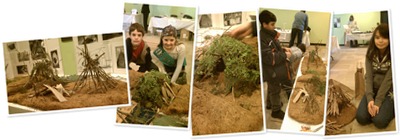


 are homes in the Northeast ever designed to recycle graywater? are there resources for my builder/architect to come up to speed on it if so?
are homes in the Northeast ever designed to recycle graywater? are there resources for my builder/architect to come up to speed on it if so? 